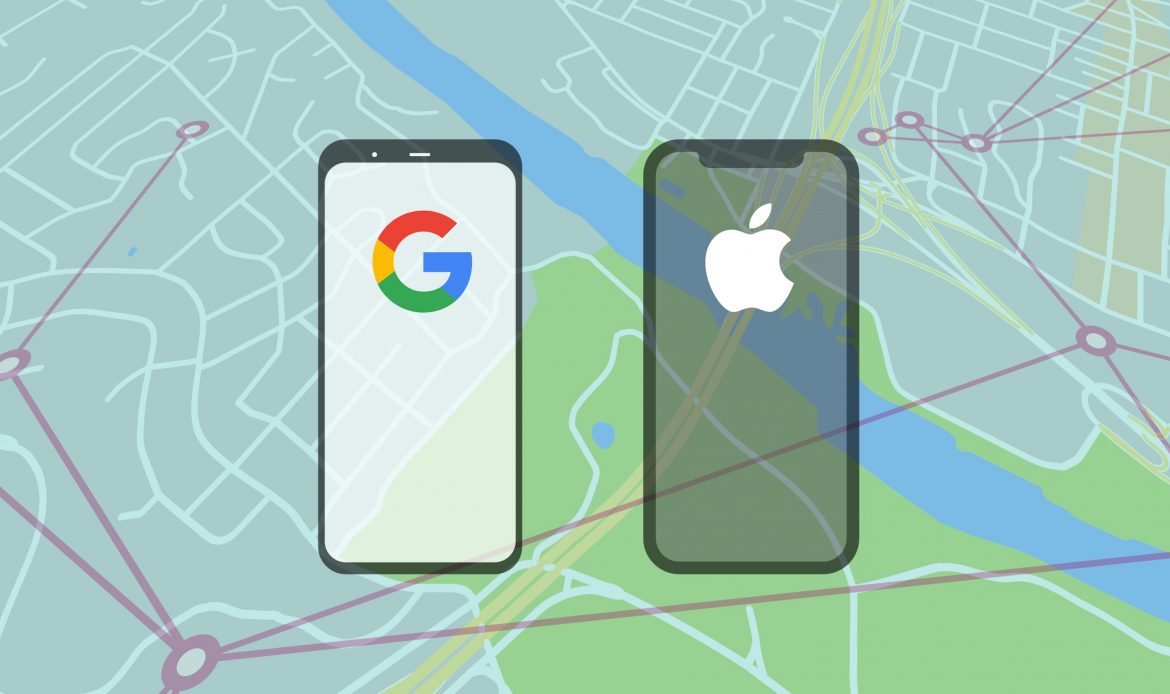
Apple and Google grew into global forces by creating wildly popular devices and applications. Their products became iconic for their elegant, user-friendly designs, and for their ability to handle heaps of data. Now those companies, who have often gone head-to-head in the past,are trying to apply that technical sensibility and mass appeal to develop a huge program to help track — and ultimately contain — the spread of the coronavirus.
But despite their position as some of the most sophisticated smartphone technology makers in the world, they’ve never faced a task quite like this. In its scale and complexity, the pandemic adds tremendous challenges to all the normal questions that come with technology design, such as privacy and usability concerns. Chief among them: Can they even get enough people to use their solution for it to really work?
Apple and Google’s ambitious plan to help track the spread of the coronavirus using Bluetooth technology could need as many as half of all Americans to participate, and likely more, in order for the tracing scheme to work most effectively, according to company officials and outside experts. That requires not just user opt-in, but also sufficient testing, something the US system is struggling badly with. Still, experts say the tech companies’ solution could play an important role in fighting the pandemic.
For the past two and a half weeks the companies have worked together with public health authorities to outline the broad strokes of the plan, the companies told reporters on Monday. If they succeed in helping fight the spread of the coronavirus, they could be hailed as heroes, perhaps even solidifying the foothold in health services they’ve both sought to establish for years. But now comes the hard part, as Apple and Google try to adapt their technological solution to the messy reality of a complex social and physical problem.
The core idea behind the companies’ proposal is a time-tested way of controlling outbreaks: Contact tracing, or the work of identifying how a pathogen is jumping from person to person based on who those people have been in contact with. Typically done by human interviewers, contact tracing has been used in conjunction with heavy testing to combat other infectious diseases, like Ebola — but it may be far too slow and labor-intensive to do by hand duringa worldwide pandemic.
Apple and Google’s response is to automate contact tracing at a global level, anonymously. On Monday, the two companies released further details about their two-stage plan in a press briefing. In the first stage, set to launch next month, Apple and Google will create a way for public health officials to tap into a new feature in iOS and Android using specially built apps that users will be able to voluntarily download, for free. Only recognized public health authorities will be allowed to interact with the feature, known as an API.
Company officials also said they are working directly with health agencies and in many cases have offered app templates to use as a starting point.People who test positive for the novel coronavirus, the companies have said, will be able to enter their results in the apps without revealing their identities to the public. Anyone else who’s downloaded a compatible app that has been in direct contact with those patients will then receive a notification that they may have been exposed. Instead of location data, the entire system hinges on Bluetooth, the short-range wireless standard that many consumers already use to pair smartphones, earbuds, laptops and sound systems.
Companies like Google and especially Apple have tried to prove their privacy commitments to anxious consumers in the past. But with nothing less than the public’s health at stake, expectations that they’ll honor those commitments are now higher than ever.
The prospect of large-scale pandemic surveillance has many privacy advocates wary, saying it could ultimately open the door to more intrusive spying, even if it begins with good intentions.Still, in recent weeks, academics and industry have coalesced around Bluetooth-based proximity tracking over GPS location tracking, largely because geolocation data can often be reverse-engineered to deduce a person’s identity.
There’s still a privacy risk with the Bluetooth solution (no system is foolproof) but it’s far lower by comparison, because it doesn’t track where a smartphone goes — only that it’s come into contact with other devices, said Vi Hart, lead author of a recent Harvard University white paper on digital contact tracing methods. And, she told CNN, the system becomes even safer if the phones are tracked using randomly generated numbers rather than being linked directly to their owners’ accounts or identities.

